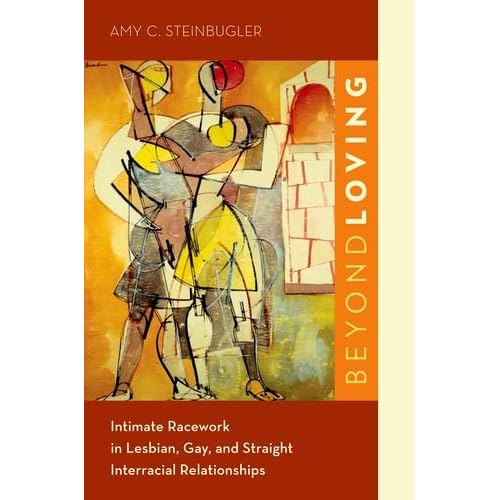Land of the Cosmic Race: Race Mixture, Racism, and Blackness in Mexico
Oxford University Press
January 2013
256 pages
2 photographs; 6-1/8 x 9-1/4
Hardback ISBN13: 978-0-19-992548-3; ISBN10: 0-19-992548-8
Paperback ISBN13: 978-0-19-992550-6; ISBN10: 0-19-992550-X
Christina A. Sue, Assistant Professor of Sociology
University of Colorado, Boulder
Land of the Cosmic Race is a richly-detailed ethnographic account of the powerful role that race and color play in organizing the lives and thoughts of ordinary Mexicans. It presents a previously untold story of how individuals in contemporary urban Mexico construct their identities, attitudes, and practices in the context of a dominant national belief system. The book centers around Mexicans’ engagement with three racialized pillars of Mexican national ideology – the promotion of race mixture, the assertion of an absence of racism in the country, and the marginalization of blackness in Mexico.
The subjects of this book are mestizos—the mixed-race people of Mexico who are of Indigenous, African, and European ancestry and the intended consumers of this national ideology. Land of the Cosmic Race illustrates how Mexican mestizos navigate the sea of contradictions that arise when their everyday lived experiences conflict with the national stance and how they manage these paradoxes in a way that upholds, protects, and reproduces the national ideology. Drawing on a year of participant observation, over 110 interviews, and focus-groups from Veracruz, Mexico, Christina A. Sue offers rich insight into the relationship between race-based national ideology and the attitudes and behaviors of mixed-race Mexicans. Most importantly, she theorizes as to why elite-based ideology not only survives but actually thrives within the popular understandings and discourse of those over whom it is designed to govern.
Features
- The first serious study to address how race functions among Mexican mestizos
Table of Contents
- Acknowledgements
- Chapter 1: Introduction
- Chapter 2: Mapping the Veracruz Race-Color Terminological Terrain
- Chapter 3: Beneath the Surface of Mixed-Race Identities
- Chapter 4: Mestizos’ Attitudes on Race Mixture
- Chapter 5: Inter-Color Couples and Mixed-Color Families in a Mixed-Race Society
- Chapter 6: Situating Blackness in a Mestizo Nation
- Chapter 7: Silencing and Explaining Away Racial Discrimination
- Chapter 8: What’s at Stake? Racial Common Sense and Securing a Mexican National Identity
- Epilogue: The Turn of the Twenty-First Century: An Ideological Shift?
- Appendix
- References
- Index




